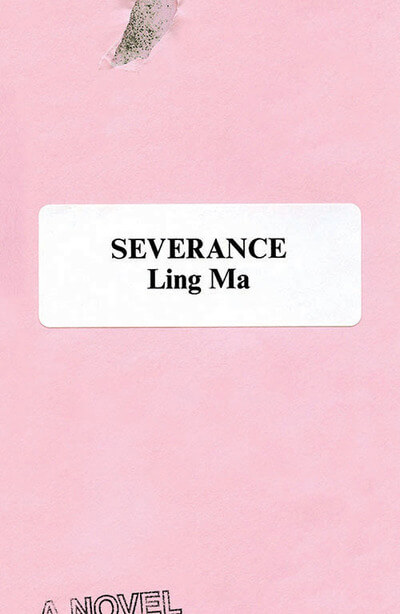The truism that a man's worth is determined by his deeds is no more apt than in this biography of the late United States Supreme Court Justice Thurgood Marshall. Written by Juan Williams, a national correspondent for the Washington Post and the author of the acclaimed Eyes on the Prize, it posits that Marshall, above any other individual, is responsible for radically changing the landscape of race relations in the 20th century.
Williams sees Marshall as part of a triumvirate of African-American leaders who sought justice for the impoverished and oppressed and for black people, in particular, in this country. The other two men Martin Luther King, Jr., and Malcolm X have become near mythical figures and icons while Marshall is less known and mostly remembered for becoming the first African American on the nation's highest court. Yet, his actual achievements have profoundly affected the lives of every person in the United States.
Williams's book meticulously chronicles the life of Thurgood Marshall from his upbringing in a proud middle class Baltimore family to his rise to the head of the NAACP's legal defense team to his attainment of a seat on the Supreme Court the crown jewel of the legal profession. Although Williams highlights Marshall's role in the landmark Brown court decision which outlawed racial segregation in public schools (see Richard Kluger's Simple Justice for the definitive history of this case), the author convincingly shows the tremendous impact on American society of the many other cases handled by Marshall as the NAACP's top lawyer.
Marshall's legal victories although achieved on behalf of African Americans expanded the individual rights and liberties of all Americans. Equality under the law became a reality to many due in no small measure to Thurgood Marshall. From voting rights to criminal justice, Marshall was at the forefront of protecting the rights of the individual. Indeed, the facts of each case speak loudly of Marshall's accomplishments. Additionally, Williams, to his credit and without much embellishment, lets the words of Thurgood Marshall and others provide insight into the character of the man.
The author suggests that the reason Marshall has not been placed in the firmament of civil rights leaders along with King (an advocate of nonviolent civil disobedience) and Malcolm X (a supporter of violent response to oppression if necessary) is that he used the tools of the establishment to end legal segregation. In essence, he used the law. It is unfortunate that we as Americans and those of us who are also African American have failed to recognize and acknowledge the incredible debt of gratitude we owe to Thurgood Marshall.
Perhaps this important book will help us to rectify that error.
Harold Evans practices law in Little Rock, Arkansas.


























